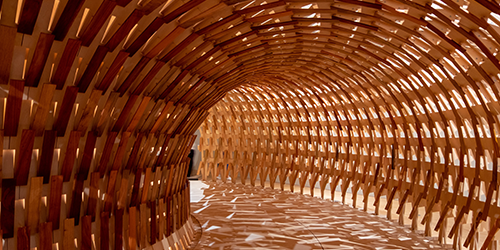
Regarding sustainable building materials, our research activity deals with the evaluation of sustainability and environmental performances of building materials and building systems. Through the LCA (Life Cycle Assessment) methodology we can evaluate both the materials installed in a structure and the energetic consumption of the entire building. The study is at the basis of the Environmental Product Declarations (EPD) that certify the environmental performances of the examined system, considering its whole life cycle from raw materials extraction and production to the end of life. Applying this methodology, we can also compare different solutions for the refurbishment or maintenance of the structures.
At the same time, we study at a laboratory scale the production process and the properties of building materials, determining the mineralogical and chemical composition of materials through morphological and microstructural characterisation. The integration of the results with mechanical tests allows a complete investigation of the products, giving indications on the possible modifications of the mix design to improve the performances of the materials according to their applications.
Currently, we are studying nature-based solutions, i.e. building materials produced recovering waste or byproducts of agricultural crops. These materials are mainly used as insulators and non-loadbearing components; they can be casted in situ on the construction site or prefabricated (e.g. panels or blocks) and then installed. Biomasses can substitute traditional aggregates after little processing, thus reducing the exploitation of natural resources typical of the building sector and adhering to the principles of circular economy.
In addition, we study raw earths used as building materials with the addition of natural additives or substances recovered from waste or secondary products to improve their performances (e.g. cellulose or crops waste). We also explore the performances of different raw earths applied as plasters through the creation and optimization of proper mix design, and by performing microstructural characterisation, adhesion, capillarity, and mechanical tests.
